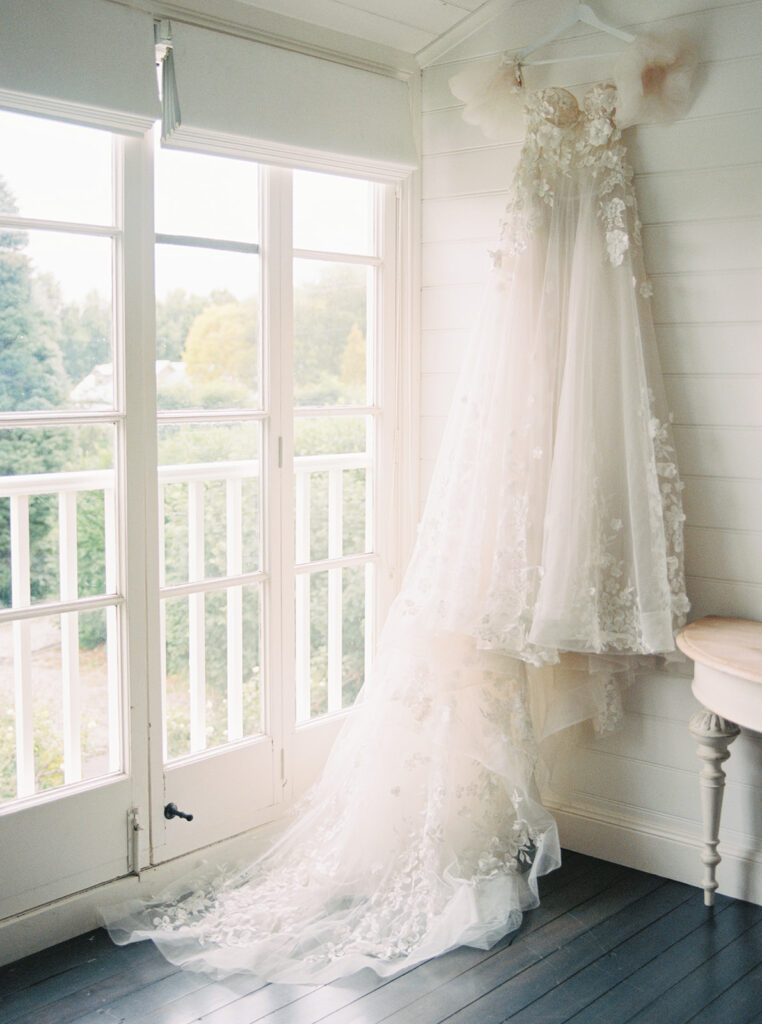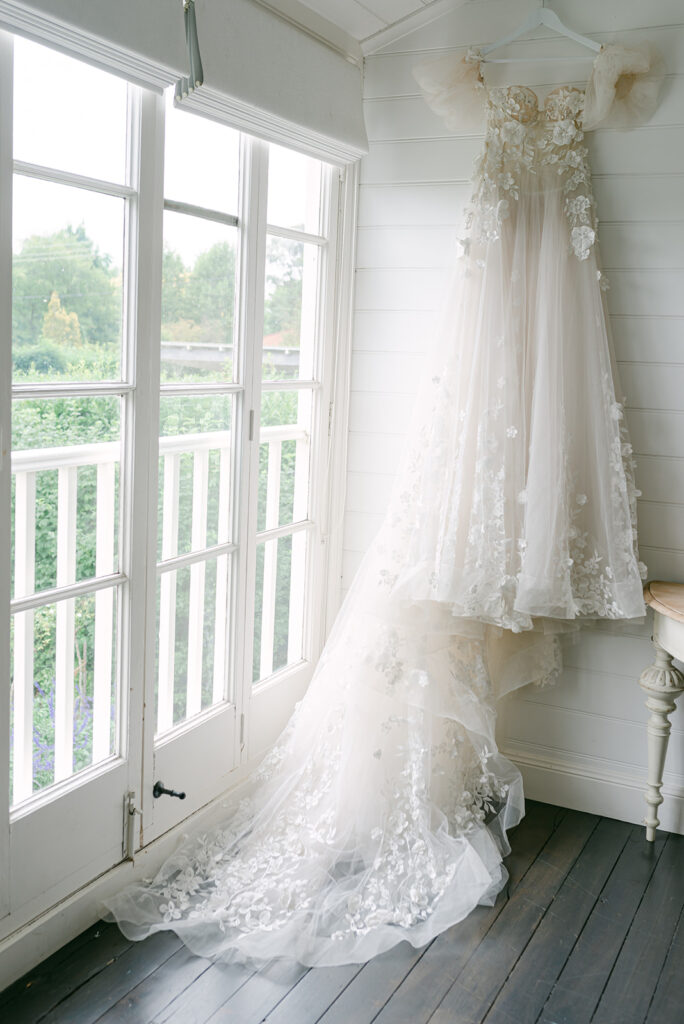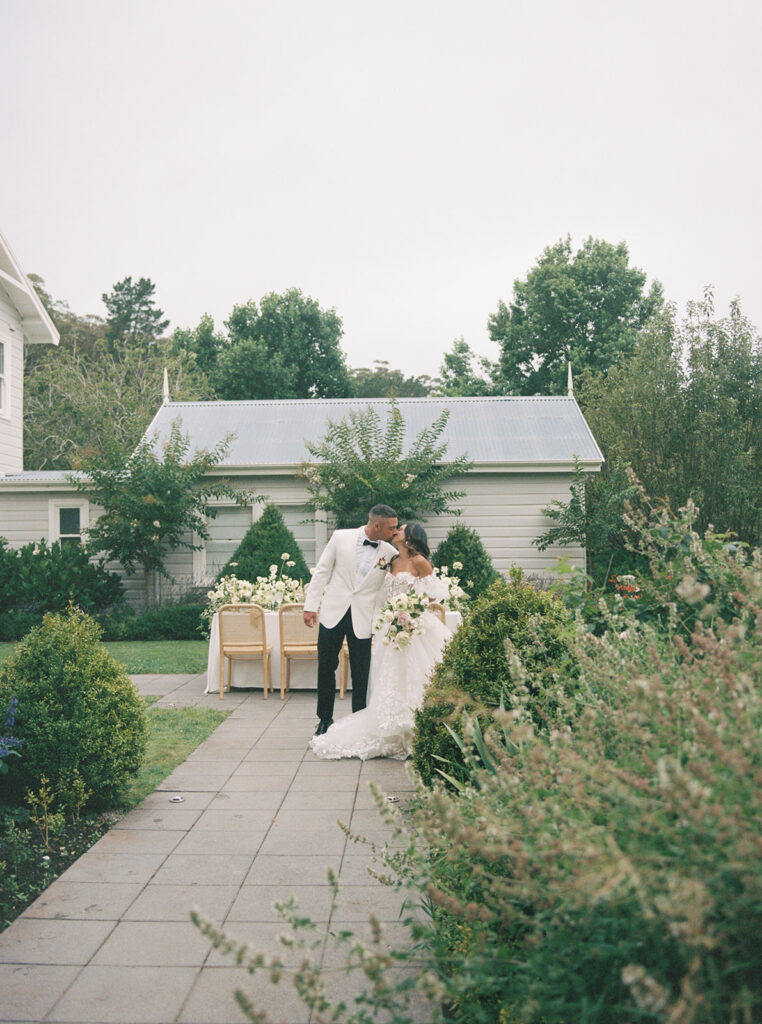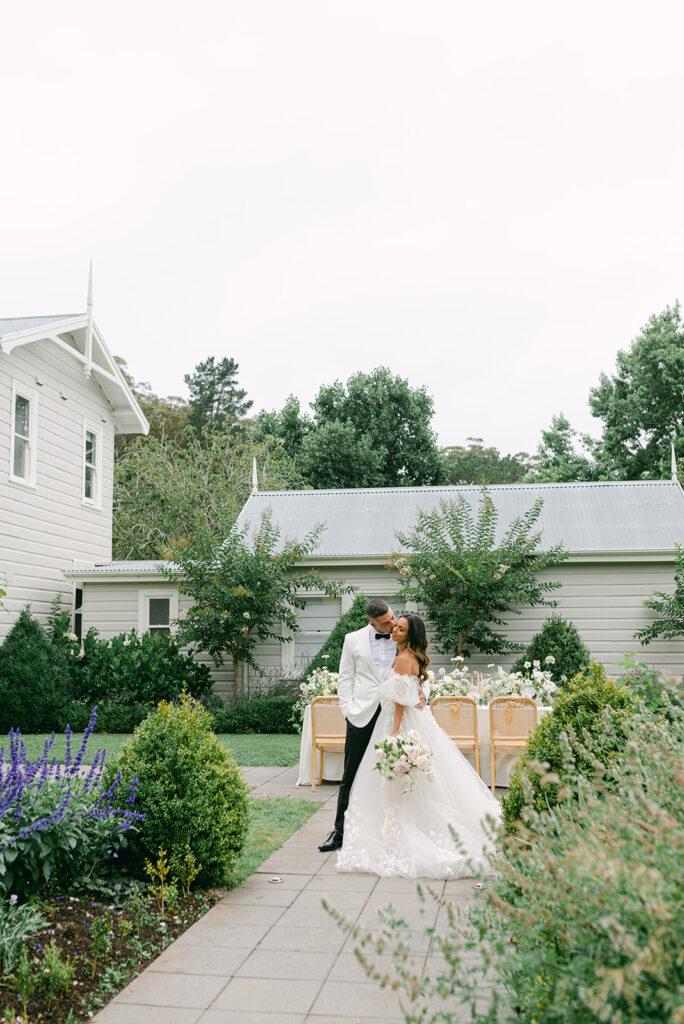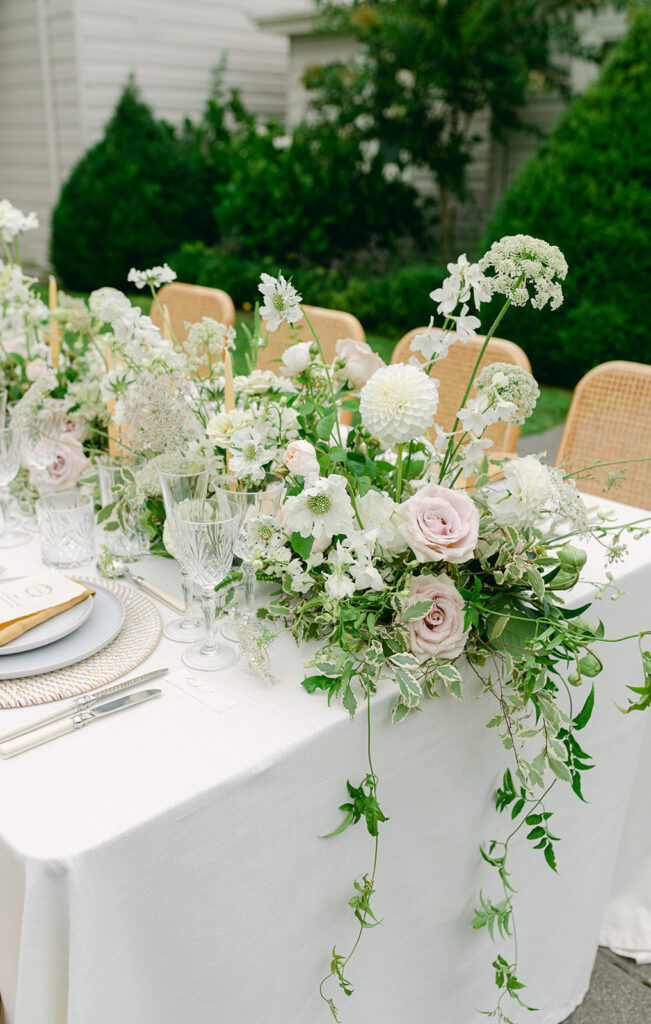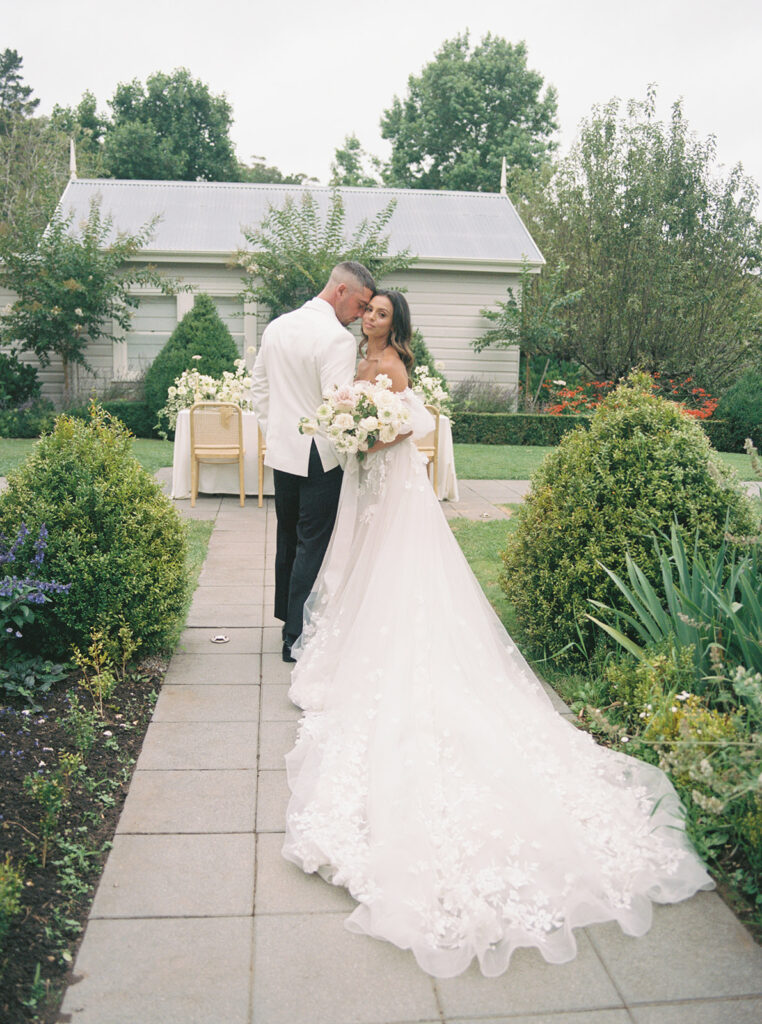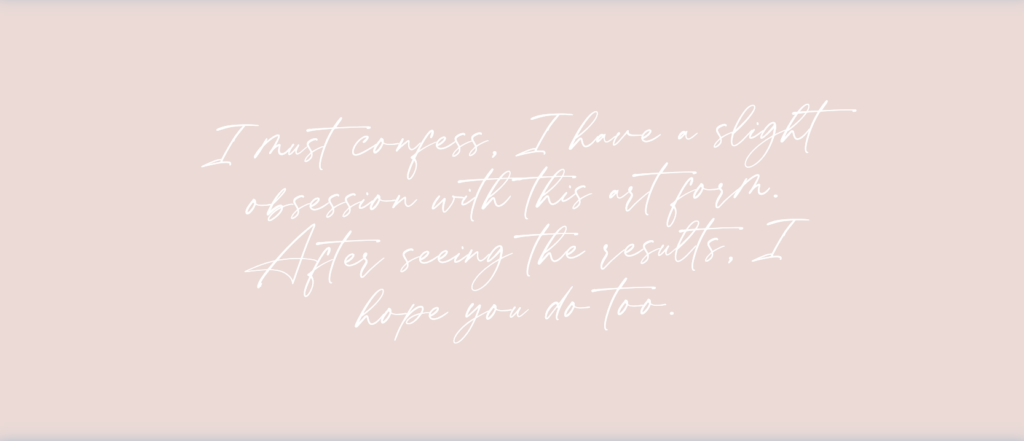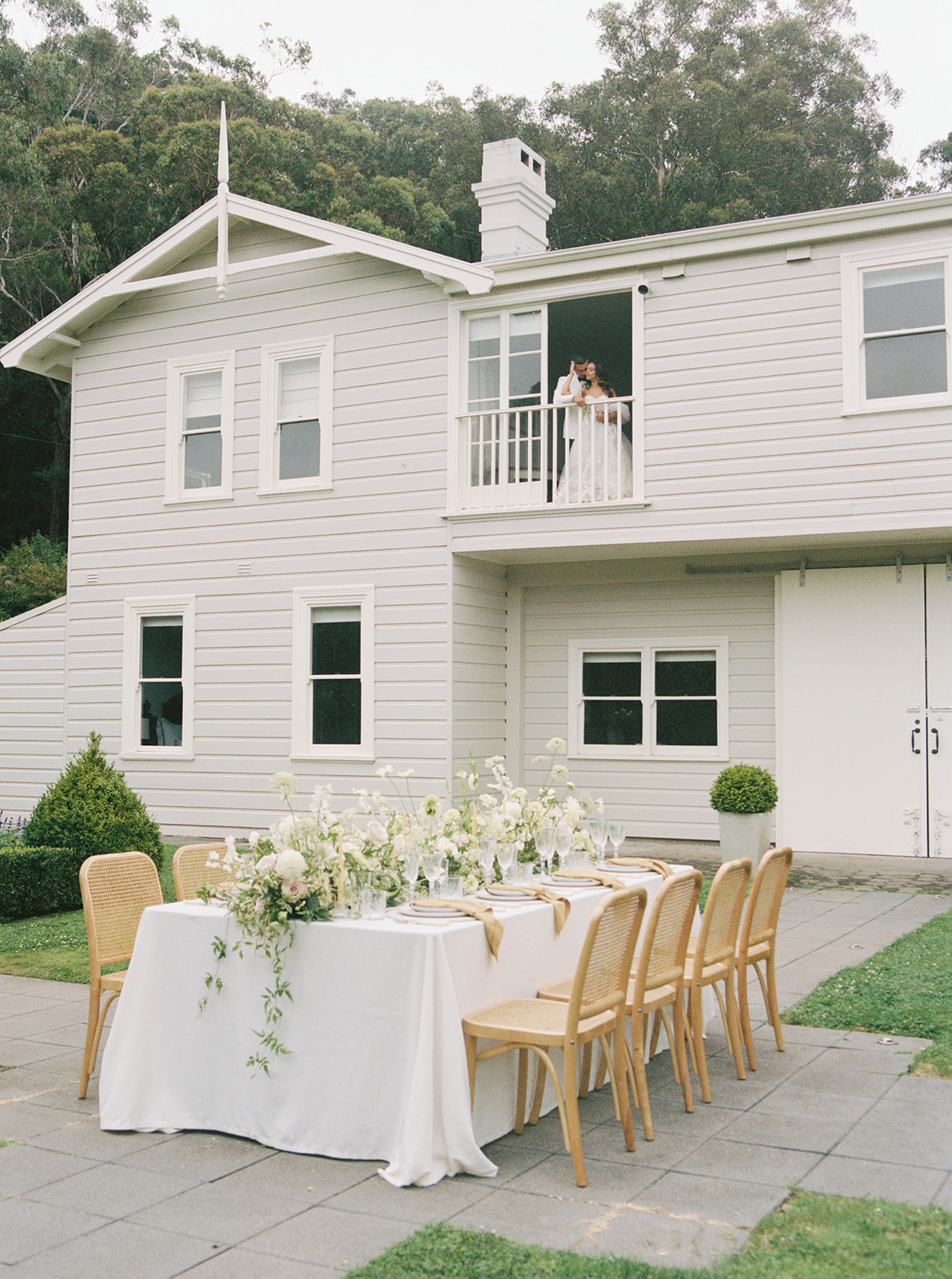DIGITAL VS. FILM PhOTOGRAPHY
It’s no secret that digital photography has stolen the spotlight in recent years. But it wasn’t all that long ago when photography involved much more than just pushing a button and instantly viewing your photo on a screen.
As digital cameras advanced, film photography faded out of style. Yet, its unique charm and timeless appeal were never fully forgotten. Despite constant technological improvements in digital photography, it has never quite matched the classic elegance that film produces. As a result, film photography has made a comeback, championed by those who appreciate its signature grain, tonal range, and warm, dreamy hues.
Although digital photography is convenient and practical, especially in low-light conditions, it simply can’t compare to the breathtaking beauty of film.
Difference between film and digital
Digital and film photography have significant differences in the way they capture images. One of the main differences is the level of intentionality required when taking a photo. With digital photography, it’s easy to take multiple shots of the same subject and select the best one later, while with film photography, each shot must be carefully composed and considered before taking it.
Another difference between the two is the way they handle lighting. Digital cameras have sensors that can capture a wider range of light and dark tones, which can sometimes lead to oversaturation or a lack of depth. On the other hand, film photography often produces more nuanced and natural-looking images with a greater sense of depth and vibrancy.
In terms of detail, film photography has a distinct advantage over digital. The grain structure of film creates a unique texture that can add character to an image and bring out more subtle details, while digital images can appear overly smooth and lacking in detail. Additionally, the colour rendering of film can produce rich colours, while digital tends to produce more saturated and artificial-looking colours.
When it comes to colour accuracy, digital photography is often more consistent and can be easily adjusted using editing software. Film, on the other hand, has a unique colour palette and tonal range that is specific to each type of film. Colours are vivid and the lighting imbues images with unmatched vibrancy. By contrast, digital images can appear oversaturated, flat, or dark.
Ultimately, digital photography is ideal for quick snapshots, fast-moving subjects and low-light settings, while film photography is better suited for everything else.
Why You Should hire a Hybrid Photographer
As a hybrid photographer, I have the best of both worlds – the artistic warmth and richness of film and the convenience of digital. Since not everything can be captured on film, I always have a digital camera on hand to capture all the moments best suited for digital. But film will always be my obsession.
Film photography offers a one-of-a-kind visual experience that captures moments in a truly authentic way. Each film stock has its own distinct character and aesthetic, resulting in photographs that are uniquely full of personality. But it’s not just about looks – film also has a wider dynamic range that can capture more detail and colour, resulting in images that feel organic and true to life.
When you choose film, you’re choosing a medium that not only tells a story, but also adds a layer of warmth and radiance to your photographs that can’t be beat.
HOW YOU CAN RECEIVE ONE-OF-KIND IMAGES
One of the key benefits of using film photography is that it produces one-of-a-kind images. Unlike digital photography, which allows for multiple copies of images without any variation, each image captured on film is entirely unique. This is because the physical process of exposing a piece of film to light creates a distinctive image that cannot be replicated.
Furthermore, film photography has a timeless quality that digital images often lack. Film images possess a classic and timeless feel that is unmatched by their digital counterparts. This is because film has a natural and organic texture and grain that is inherent to the medium. It is this characteristic that gives film images their unique aesthetic and can evoke a sense of nostalgia that is difficult to capture through digital photography.
In conclusion, by choosing film photography, clients can expect to receive one-of-a-kind images that possess a level of uniqueness, control, and a timeless aesthetic that digital photography cannot match. Whether you are looking to capture a special moment, a landscape, or a fashion shoot, film photography is an excellent option for producing stunning, high-quality images that will stand the test of time.
(Images showcasing the difference between film and digital)
Film ( Left) and Digital (Right)


